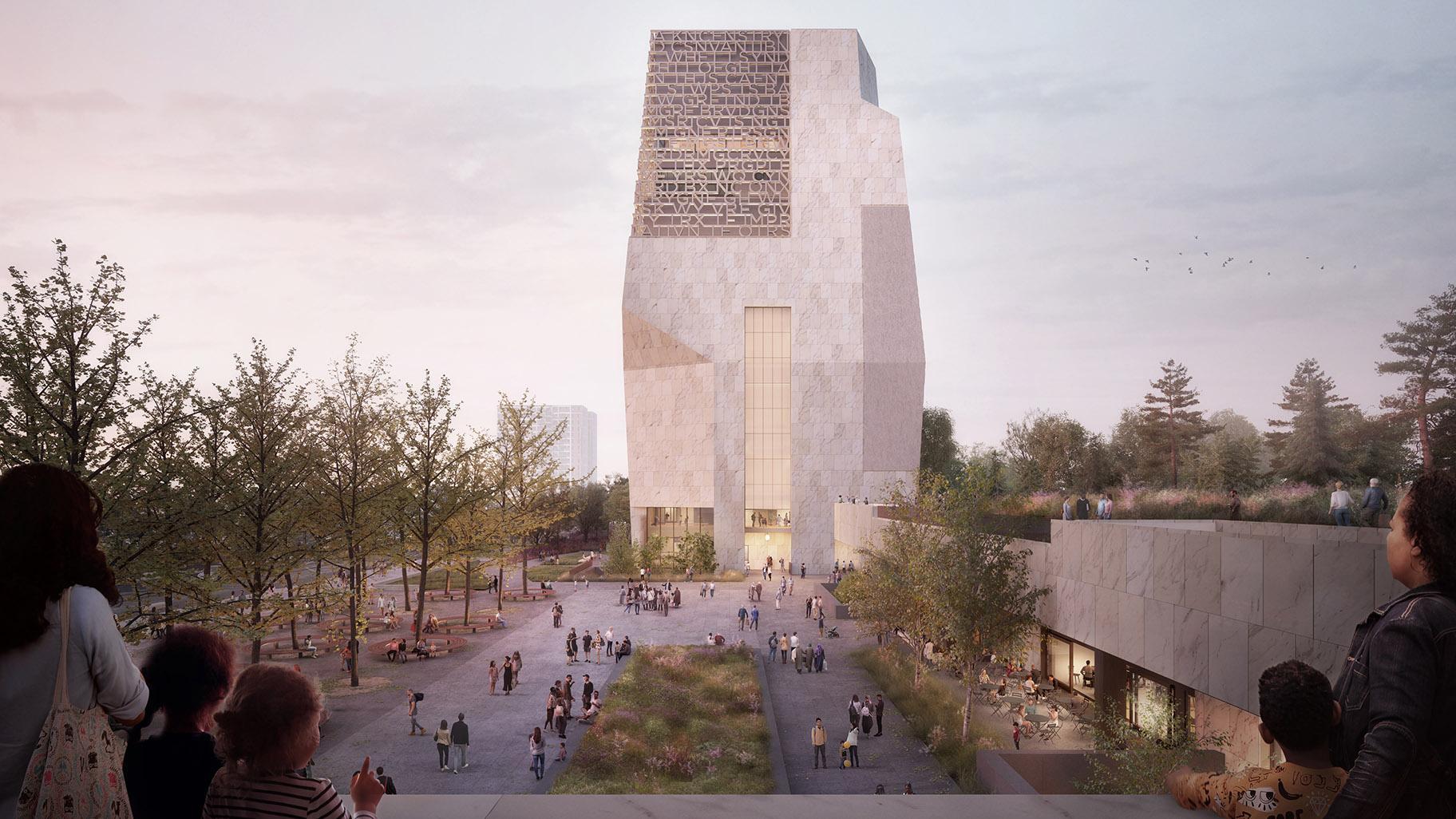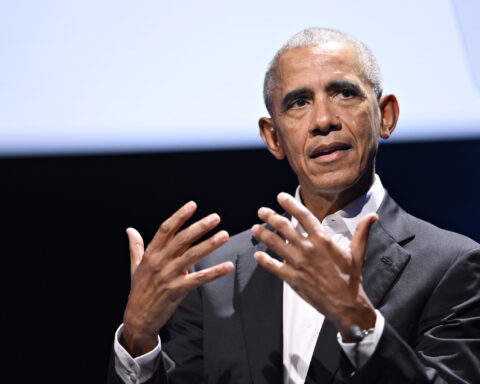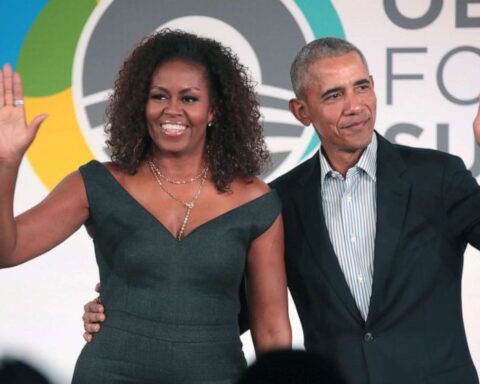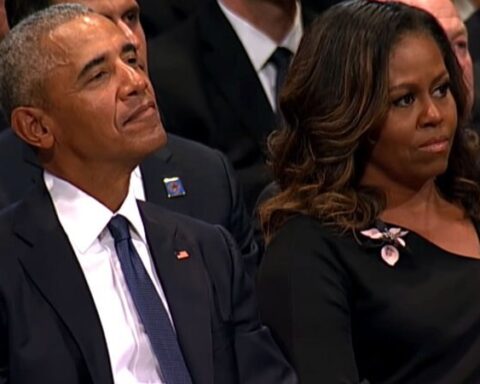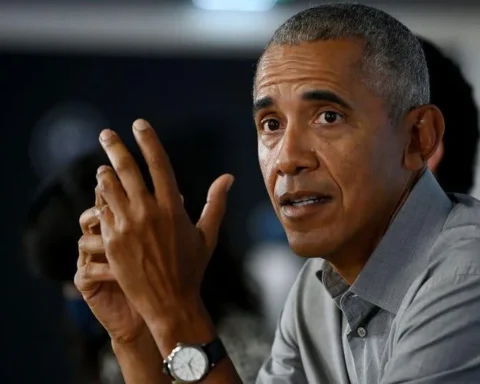On Tuesday, former President Barack Obama and former first lady Michelle Obama attended the groundbreaking of the 44th president’s center in Chicago. Some of the veterans from his administration will be joining him for a livestream event. “This is not your parents’ or your grandparents’ presidential library,” said Valerie Jarrett, president of the Obama Foundation.
The presidential center will include a museum, forum building, public plaza, athletic center, play area and a branch of the Chicago Public Library.
The opening comes after controversy. This will be the first presidential library since the start of the national system that does not include a physical research room with archival materials. Everything will be digitized. There have also been concerns about it being built in a historic park and that low-income Chicagoans living nearby will be displaced by development around the construction of the center in Jackson Park.
Despite all the controversy, the launch of the library should be celebrated, as the center continues to represent an important element of our civic culture.
Why do presidential libraries matter so much?
The presidential library system started in 1939 when President Franklin Roosevelt gave his materials to the government and started the process of planning a building to be located in Hyde Park, New York. The Presidential Libraries Act (1955) established the system whereby the libraries would be privately financed and the federal government would control the materials inside.
Over time, the system was adjusted but the basics remained the same; The National Archives and Records Administration has traditionally operated the facilities. In response to Richard Nixon’s efforts to destroy the White House tapes, Congress passed the Presidential Records Act of 1978, which deemed presidential records to be government property. This meant that the National Archives are responsible for the material once a president leaves office.
Most important, they are the home of the archival materials that we depend on to write the history of a presidential term. Understanding our political evolution – even though we will perpetually dispute how to interpret the past — is integral to the health of our educational culture.
As we now live in an era of disinformation, archivally fact-based interpretations of presidents are the best way for us to evaluate the dynamics of our democracy. Without the material deposited in these buildings, historians would not be able to accomplish this task.
At a time when many Americans constantly disparage our elected officials, having buildings filled with presidential memorabilia and educational programs is more vital than ever — it is a celebration of politics. And to have places like presidential libraries in cities — such as Chicago — where tourists can make politics part of their day and teachers can bring students to discover more about democracy is exactly what we need.
Are there big problems with these libraries? For sure. Too often their displays, influenced by supportive figures within their foundations, insist on wiping away the uglier parts of a presidency or presenting troubled years only in flattering ways. When NYU professor Timothy Naftali was the head of the Nixon Presidential Library — he found himself in bitter conflict over his desire to present Watergate in an honest light, according to the New York Times.
The fundraising for these libraries has also turned into yet another unseemly reflection of the nexus between money and politics. Indeed, presidents start the fundraising process for these institutions while they are still in office, and there have been countless stories about how influential figures, seeking favor with a departing president, pour huge amounts of money into the construction of the building.
As a result, the libraries become vehicles for the money-raising frenzy of politics, while the library boards, who pick a director, continue to retain influence over the libraries — and the way an administration’s story is told.
Moreover, in a break with tradition, rather than the National Archives running the Obama library, the Obama Foundation will be operating and managing the Obama Presidential Center, making it more of a private museum than a government center. This could create problems with regard to what is and what is not presented to people who want to learn about these years.
But the problems should not undermine our appreciation for why these institutions matter. Tuesday’s groundbreaking should be a reminder of how we must continue to encourage the study of our democratic history — without limitations and without restrictions — and to continually interpret and reinterpret how we have reached our current state of affairs.
All of this starts with the displays and the archival records that are the basis for the conversation. Without that, we will continue to descend into a social media universe of disinformation and polemics that perpetually impoverishes our understanding of our past.
